One of the most beneficial and brutal lifts to ever exist is the deadlift. It is beneficial because it helps you improve on all of your other lifts, while it is brutal because you are required to lift heavy weights from a dead stop while being in a disadvantaged starting position. The deadlift is effective for building body mass all over the body, and it puts your body strength to the test as no other thing can. Deadlifts are the most effective when it comes to improving your grip, back, core, and hip strength. If you have a robust deadlift, then you are most likely to have a devastatingly strong body overall.
The sumo deadlift is a variation of the deadlift that recruits the muscles in the legs more to squat the weight up, instead of calling on your back and hips. When performing this variation, your hips would be closer to the bar as opposed to the conventional deadlift with a more vertical torso, which alleviates the stress from your lower back and emphasizes it on your legs. The reduction in the stress placed on the back would allow sumo dead lifters capable of handling more overall work with deadlifts because they will recover easily.
How to perform the sumo deadlift
These are the steps to perform the sumo deadlift correctly to avoid making any mistakes that could lead to injury in addition to reaping the maximum benefits.
- First, you need to push your knees out. To do that, you have to follow these steps. Imagine there is a line that runs through the center of your foot, from your toes to your heel. Then bend and straighten your knee over that line. This would ensure that you have optimum leverage and that your glutes are engaged.
- Ensure you keep your back flat. To keep your spine protected, make sure you do not round your back as you hinge at your hips.
- Next, you inhale deeply. Try to fill up your lower back and stomach with air before lifting the bar.
- Brace your core as hard as possible and ensure it remains that way throughout the lift. This would ensure that your spine is neutral.
- Also, remember to flex your lats as you are getting ready to lift. Ensure that they remain flexed even while lifting the bar. This ensures that the bar is kept close to your body, which would reduce torque on your back.
Muscles worked when performing the sumo deadlift
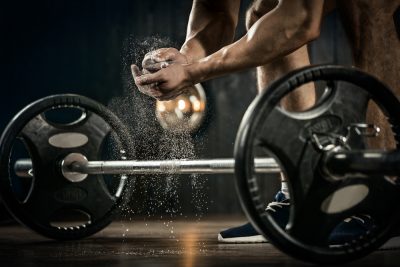
Benefits of the sumo deadlift
The sumo deadlift is an exercise that comes with a lot of benefits. If you can perform it properly, it will surely work up these major muscle groups. These are the benefits of incorporating the sumo deadlift into your exercise program;
They hit the glutes and quads better
The sumo deadlift is a variation of the deadlift that is executed with a stance that is wider than usual, which allows it to hit the glutes and quads slightly better than the traditional deadlift. The positioning of your legs and the wide stance when executing the sumo deadlift is similar to a squat/lunge kind of exercise, which is a movement that is known to isolate these muscles.
Studies have shown that when performing the sumo deadlift, there is significantly greater EMG (Electromyography) activity from the tibialis, Vastus Lateralis, and Vastus Medialis. However, a greater EMG activity was recorded in the medial gastrocnemius when performing the conventional deadlift.
Allows you to lift super heavy and make gains
A lot of people feel that traditional deadlift cannot be replaced by any other exercise. However, there is a safer alternative that will also provide good results, and that is the sumo deadlift. This is an exercise that gives you the ability to lift heavier weight and still build your strength, jacked posterior chain, and big legs. It stimulates a lot of muscle groups that it can almost be considered an all-in-one movement with the exemption of the shoulders, triceps, and chest.
They are easier on the spine
The sumo deadlift eases a significant portion of the pressure on the lumbar spine when compared to the traditional deadlift. This is achieved because your torso and arms are close to your center of gravity and support base. The standard deadlift would force your arms and torso to be in front of you, which would throw off the uniform support that you get from your center of mass.
What’s more is that the sumo deadlift ensures that your back is as erect as possible and simultaneously being supported by your core and legs, which would alleviate the strain. This is a significant reason why people would go for the sumo deadlift as you have fewer chances of sustaining a back injury.
They improve posture
The sumo deadlift is the solution for people that are faced with flexibility and mobility issues, or people that have bone skeletal structures that are not ideal for the traditional deadlift. You are provided with a lot of efficiencies and freedom thanks to the ability to stay upward with robust thoracic extension in addition to taking a wider stance. This, in turn, would also improve your lower back strength as well as your posture.
There are times where you may feel like you are limited when performing a standard deadlift, but the sumo deadlift gives you that bit of freedom. What’s more, is that it does not place as much stress on the spine and lower back like the traditional deadlift.
The sumo deadlift is also ideal for people who have problems with their back as it allows you to keep your back in a straight position all through the move, which is why it is a safer alternative for people that cannot perform the traditional deadlift correctly.
It improves hip strength
If you are looking to build up the strength in your hips, then the sumo deadlift is an exercise that you should not miss. It is a well-known fact that the traditional deadlift offers a more significant part in the way of carryover for improving strength, you can use the sumo deadlift as the solution to the particular weakness you have.
When using this approach, most powerlifters mostly strengthen their hips by utilizing the sumo deadlift. If you need to build up your glutes, then the sumo deadlift is the technique you should incorporate into your exercise program as boosting your hip strength would help in your movement.
Translates pulling strength to real-life movements
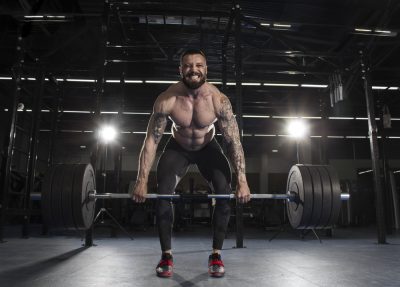
Almost all the movements you perform in your day to day activities where you have to pick something from the ground is done in a kind of sumo stance variation. Whether you are required to help a friend move heavy items like a refrigerator, or you need to flip tires and logs on a lunch break, or you need to lift the rear end of a car after spending the night with your friends, you would still need to perform it in a sumo style.
When formal athletics comes into the fray, you would notice that robust hip extension is obtained from a wider stance position where your torso is squatted and loading inside your feet that are placed apart by a distance of shoulder width. Performing the sumo deadlift regularly would help you perform your daily tasks more easily.
Shoulders and hips not moving together
This happens if there is a problem with the move. You allow your hips to shoot up first followed by your shoulders even if your pull and setup are good. It should not be the case as they must move in harmony. What this does is to ensure that you stay in a position that is safe while increasing the efficiency of the exercise. When you have successfully tackled that issue, you still have to finish the move correctly. There are a lot of times where you would see exercisers enter hyperextension of the lumbar and then excessively pull at the top of the pull. It is important to keep your spine neutral all through, squeeze your glutes, and allow your hips to come into the bar when you get to the top.
Not taking the slack out of the bar
This mistake is one that mostly occurs with people that are trying to crank up the intensity of the exercise by using heavier weights or younger athletes. When this happens, you will notice that they elbows start bending and they start to yank the bar instead of initiating the move through their feet.
Not keeping a neutral spine
When talking about not keeping a neutral spine, it is prevalent to see both sides of the spectrum. Firstly, there are the athletes that have a rounded spine which would prevent them from bracing their core or locking down their lats. Then, there are also the athletes that overcompensate and pull their lower lumbar into hyperextension, which would create an immense amount of pressure and tension on that part.

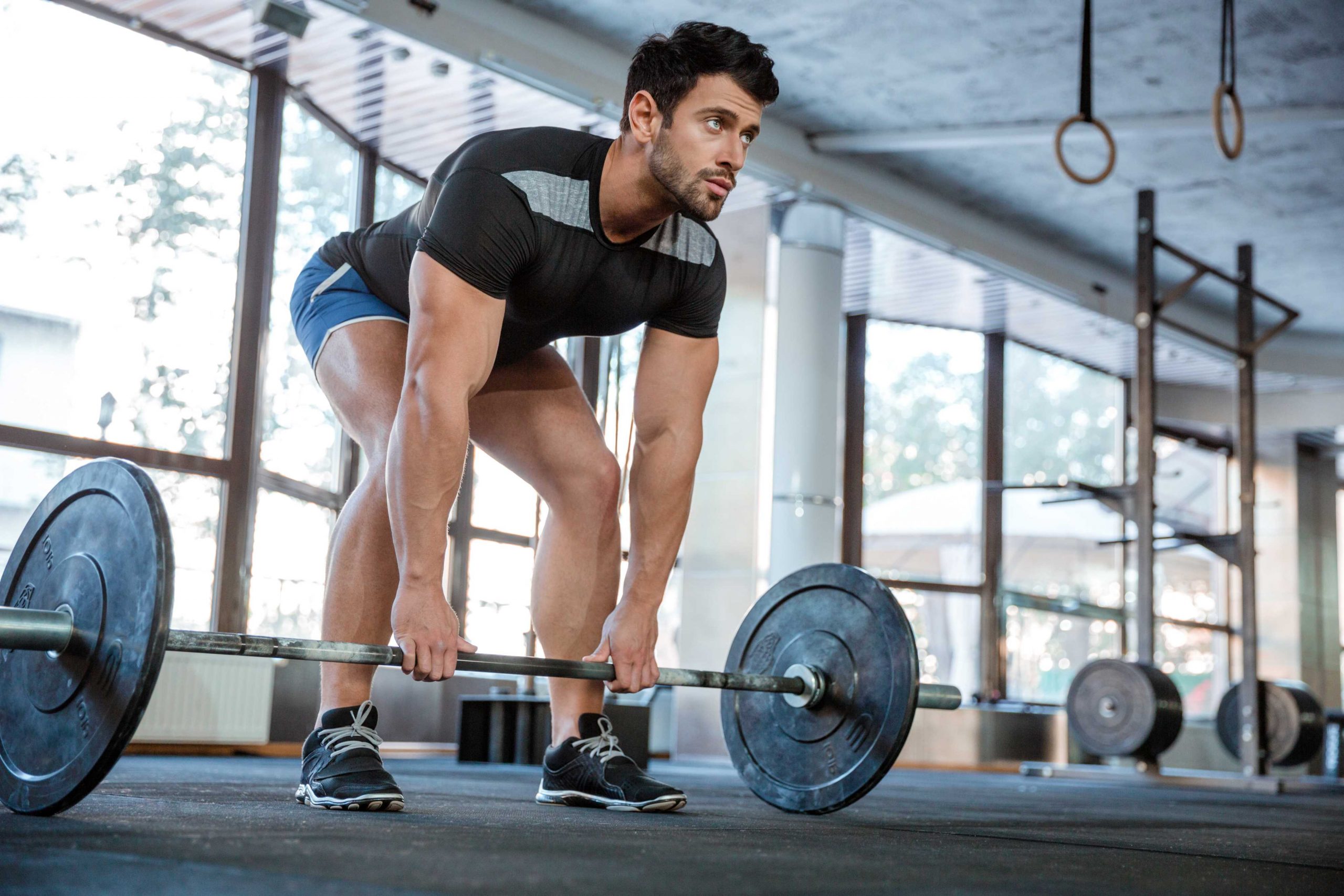

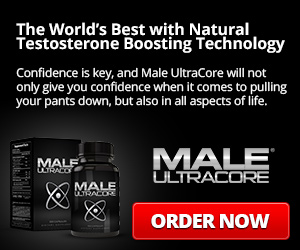

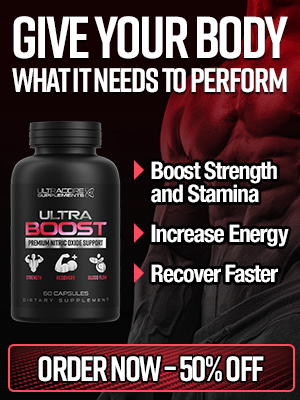


COMMENTS